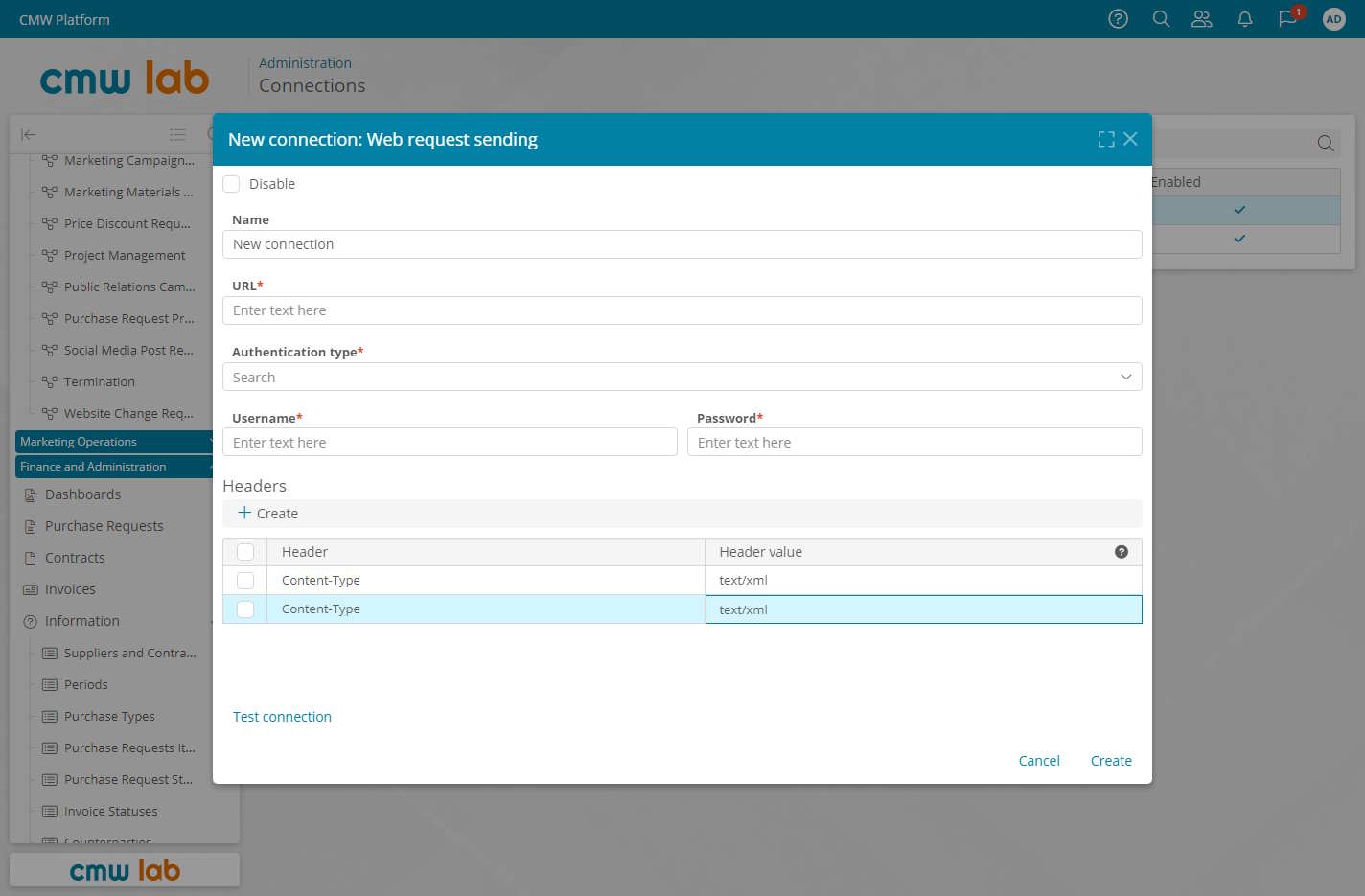The basic purpose of the BPA software is to support the implementation and operation of automated business processes, at automation levels that range from simple automated tasks to the execution of complete business processes with many different tasks.

Indeed, the capabilities of BPA software are impressive and include a wide range of automated tasks such as: automatic collection of data from different applications or remote sources; automatic generation, publication, and distribution of reports; automatic data transformation; automatic launch and monitor of different applications acting as a process; automatic decision-making based on set rules; and automatic integration with other BPA applications, as well as with other business automation technologies such as artificial intelligence and robotics.
In this article we are going to discuss the main challenges companies face when selecting the right BPM system for their business and the basic elements that make automation systems work smoothly.
Challenges and Considerations in Selecting Business Process Software
Business process automation (BPA) is a concept that allows organizations to utilize technology to handle the same remember-entry tasks that a human would, but only better. Within this concept, the business processes are executed more reliably, economically, and without weekend breaks and holidays.
Choosing the right business process automation software isn’t always an easy task, since you may face the following challenges:
- Overwhelming Number of Options. There are so many options available in the market to choose from, that it can be difficult for organizations to determine which BPA software will best meet their needs and requirements. This can lead to decision paralysis and make it hard to select the right software for their business.
- Compatibility Challenges. It is really important for the software to seamlessly integrate with current business systems and tools. Failure to consider compatibility issues can bring to software that does not align with other systems, leading to inefficiencies and potential data loss.
- Vendor Lock-In. Sometimes organizations become dependent on a single vendor for their software needs, making it difficult to change the vendor afterwards. Vendor lock-in can restrict flexibility and hinder the organization’s ability to adapt to alternating business requirements.
- Customization Challenges. Organizations may have specific requirements that are not met by off-the-shelf software solutions. In such cases, customization may be necessary to tailor the BPM system to the organization’s specific needs.
The best way to overcome these challenges is to thoroughly consider the current business processes in your organization and to identify clearly its goals and objectives. Any business process automation software should be selected in accordance with the needs of the organization.
The Main Components of a BPM Software System
BPM software platforms typically consist of several key components that work together to streamline business processes. They include modeling, execution, analytics & reporting, and monitoring. Each one of these components has its own set of organizational benefits.
Workflow Management Modeling
Workflow management modeling helps organizations align processes, jobs, and industry best practices, enhance productivity and customer satisfaction, provide high business value, build organizational agility, standardize practice management, minimize business risks, and provide business solutions that are simplified.

Execution of Integration Tools
This component involves automating and executing the modeled processes with the help of integration tools. It allows organizations to streamline their operations, reduce manual tasks, and increase efficiency. Execution also enables organizations to quickly adapt to changes in the business environment and maintain agility in a fast-paced market.
Analytics & Reporting
By analyzing data and performance metrics in BPA software, organizations can identify trends, patterns, and areas for improvement. This component helps organizations make data-driven decisions, optimize processes, and drive continuous improvement. Analysis also allows organizations to monitor the effectiveness of their processes and make informed decisions to achieve business goals.
Security Features
This is a monitoring component which allows organizations to track the progress and performance of their processes in real-time. This component provides visibility into the status of processes, alerts users to potential issues, and ensures that processes are running smoothly.